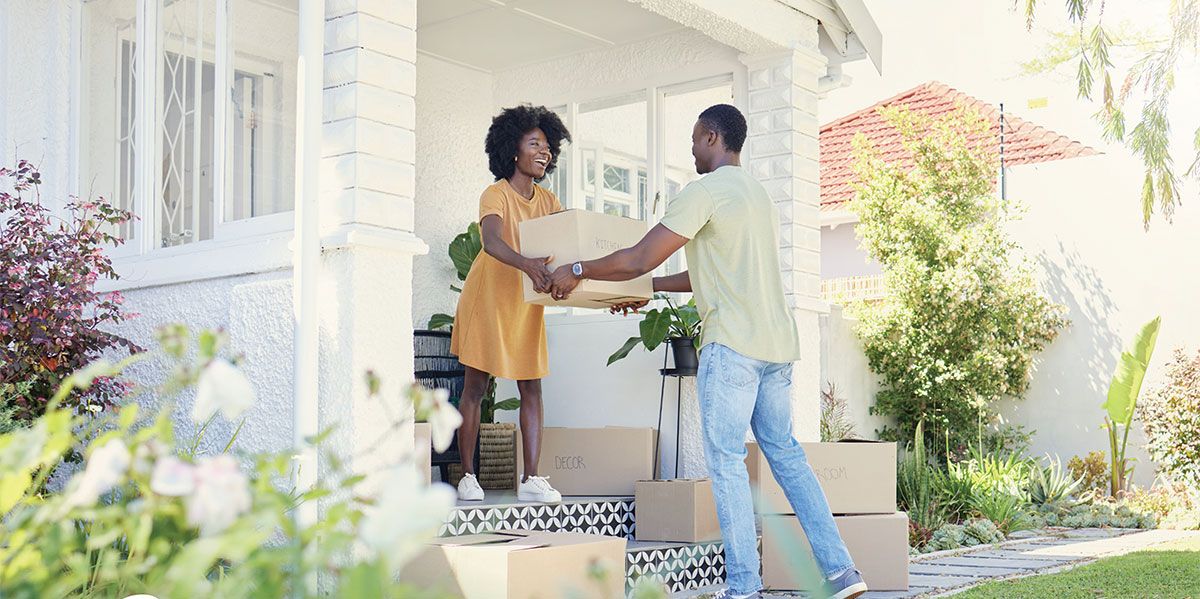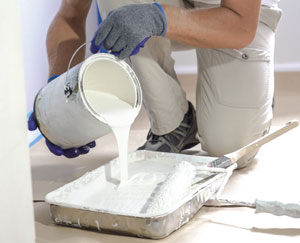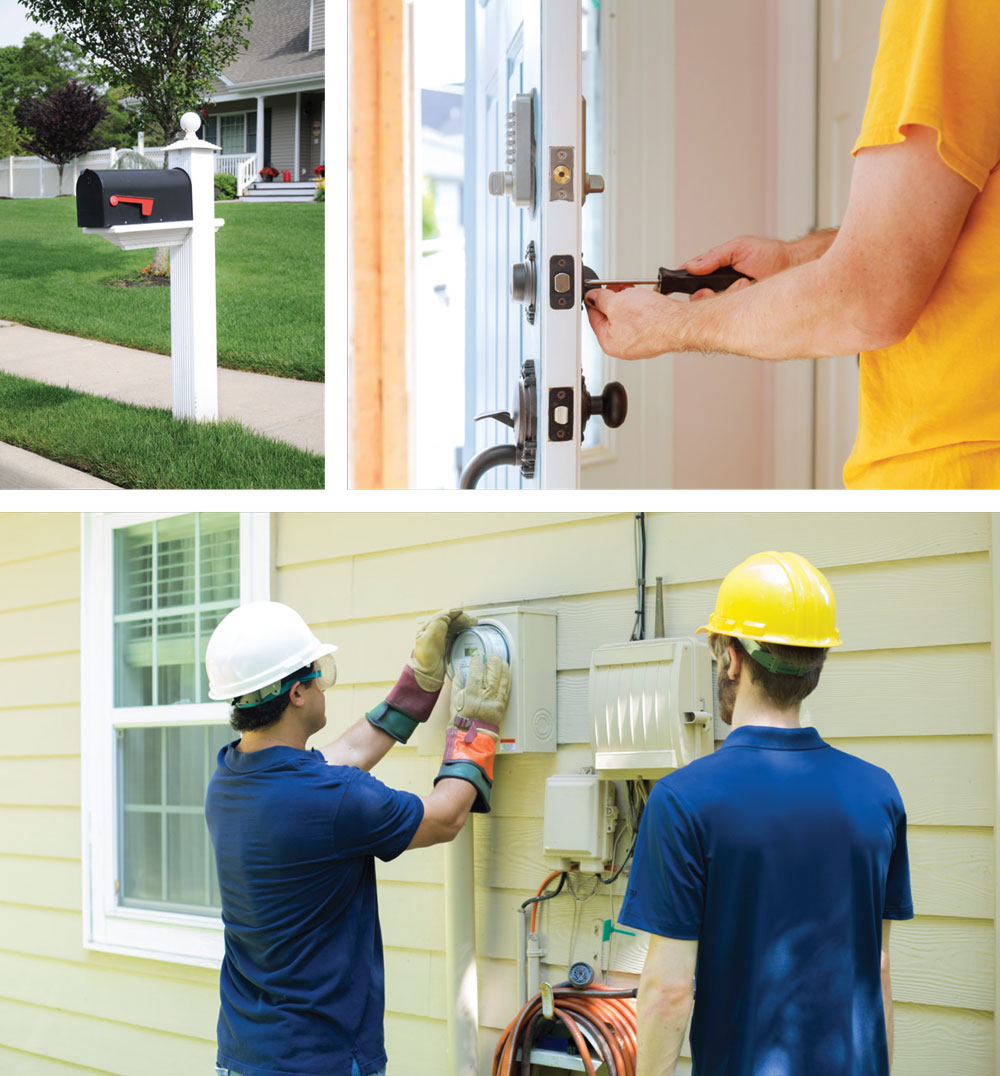SMOOTH MOVES

10 Tips for successful house hopping
Moving into a new home is a life-altering event, making careful planning crucial. To mitigate the many stressors of a move, begin by identifying the numerous associated tasks and then making checklists to guide you through the two-part process. Research reveals that the tasks involved in moving to a new home can easily be divided into those to do before you make a move and those you need to do after you move in. Use the tips below to help get you started.
Before the move
The sooner you start completing the many tasks in this first phase, the more smoothly you can expect the move to go. It is widely recommended that you allow two full months to prepare for your move and keep in mind that there may be obstacles along the way, necessitating flexibility.
1 Do a walkthrough and purchase packing supplies.
Walk through your new house while it’s empty. Seeing it as a blank canvas will help you envision how and where your belongings will fit in. Unless your Realtor has provided you with a set of blueprints, take a clipboard and tape measure and sketch each room, adding measurements and placement of windows and doors. As you move from room to room, verify that everything is in working order, noting problems to report to the proper entities for amelioration.
Once home, purchase packing supplies, measure your furniture and other large pieces and decide on their placement in the new house. Note this on your graphic and on tags with their intended locations. Affix these tags to the various items so the movers will know where to place them. With the tagging of the large pieces complete, begin the arduous job of boxing all your possessions and labeling the boxes to show their contents and the rooms to which they should be delivered.
2 Change your address.
Notify every entity with which you do business about your new address. Also, remember to arrange for mail forwarding, and register to vote in your new precinct. A move out of state will require that you also register your car in your new state and get a new driver’s license.
3 Secure your new property.
Immediately after closing on your new home, change all the locks and re-register an existing security system in your name or have a new system installed. Test fire extinguishers and sprinklers, as well as smoke and carbon monoxide detectors to confirm they are operational. Childproof your home if you have small children, and engineer a secure environment for pets. If your new home has “smart” features, be sure to get passwords from the existing homeowner or have them reset devices such as thermostats so you can create your own log-ins.
4 Arrange services.
Schedule utilities to be turned on, set up internet and cable service and procure trash removal and recycling services.
 5 Make necessary repairs and renovations.
5 Make necessary repairs and renovations.
Contract to have interior repainting done and flooring replaced if you can’t do this yourself. Interior renovations are always best done prior to moving in. Schedule this work well ahead of your move-in date to allow for delays. Exterior renovations and landscape improvements can be completed after the move without disrupting family life.
 6 Schedule a deep cleaning.
6 Schedule a deep cleaning.
This could involve a cleaning service, carpet steaming or both! You might also rally your own team of DIY cleaners from friends and family.
7 Take photos.
Before the moving van arrives, take pictures of your empty house. This way if something is damaged during the unloading and carrying in of your belongings, your photos will help determine who should bear the repair costs. Once the van has been unpacked, be sure to inspect your belongings for breakage, and photograph anything that was damaged in transition. These photos will be important if you need to file an insurance claim.
After the move
8 Unpack priority items first.
Once all your possessions have been unloaded and carried to their proper rooms, take time to outfit the bathrooms and kitchen with the necessities before beginning to unpack boxes in other spaces. Realtor.com suggests that you pack one set of bed linens for each bedroom in a special box, so that beds can easily be made up for the first night in your new house. Resist the temptation to try to do all the unpacking at warp speed. A slower, measured pace will produce better results.
9 Stock the refrigerator and pantry.
Take a quick trip to the nearest grocery store or place an online order for pickup. Get enough of the essentials to last several days. If you have children, consider allowing them to suggest some of their favorite foods for purchase. Make your first meal in your new home a memorable one, and document it with photos.
10 Settle in.
In addition to relocating all your material possessions, a transition to a new house should also include getting to know your new surroundings. Take time to drive around, and note the locations of schools, churches, medical practices, stores of different types and other places to explore.
Bear in mind that settling into a new house is a process that may take quite some time to complete, but careful planning and patience will result in a higher quality of life for all involved. ✦
cleaning service, intended locations, labeling, moving, new address, new home, packing, packing supplies, services, walkthrough








